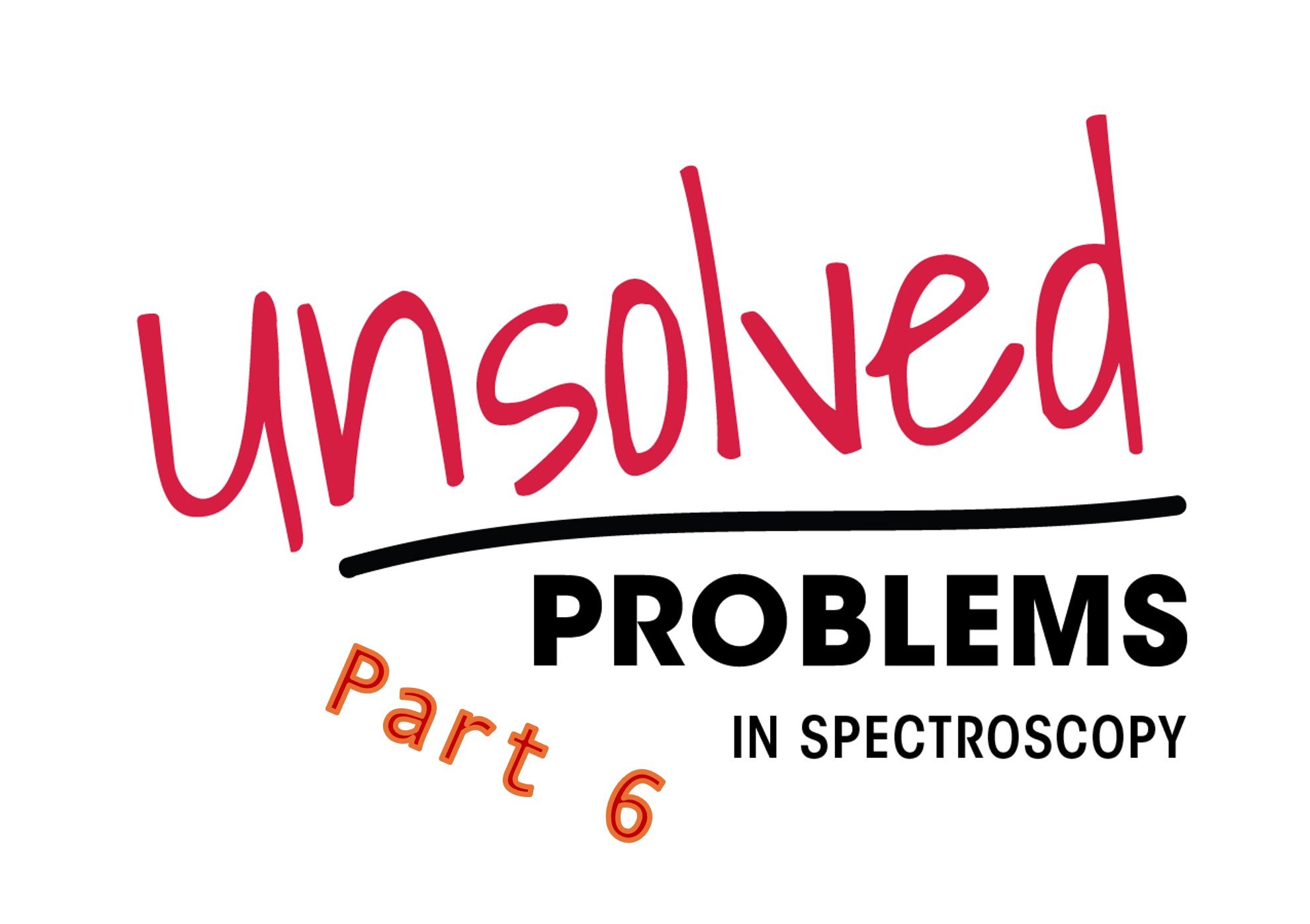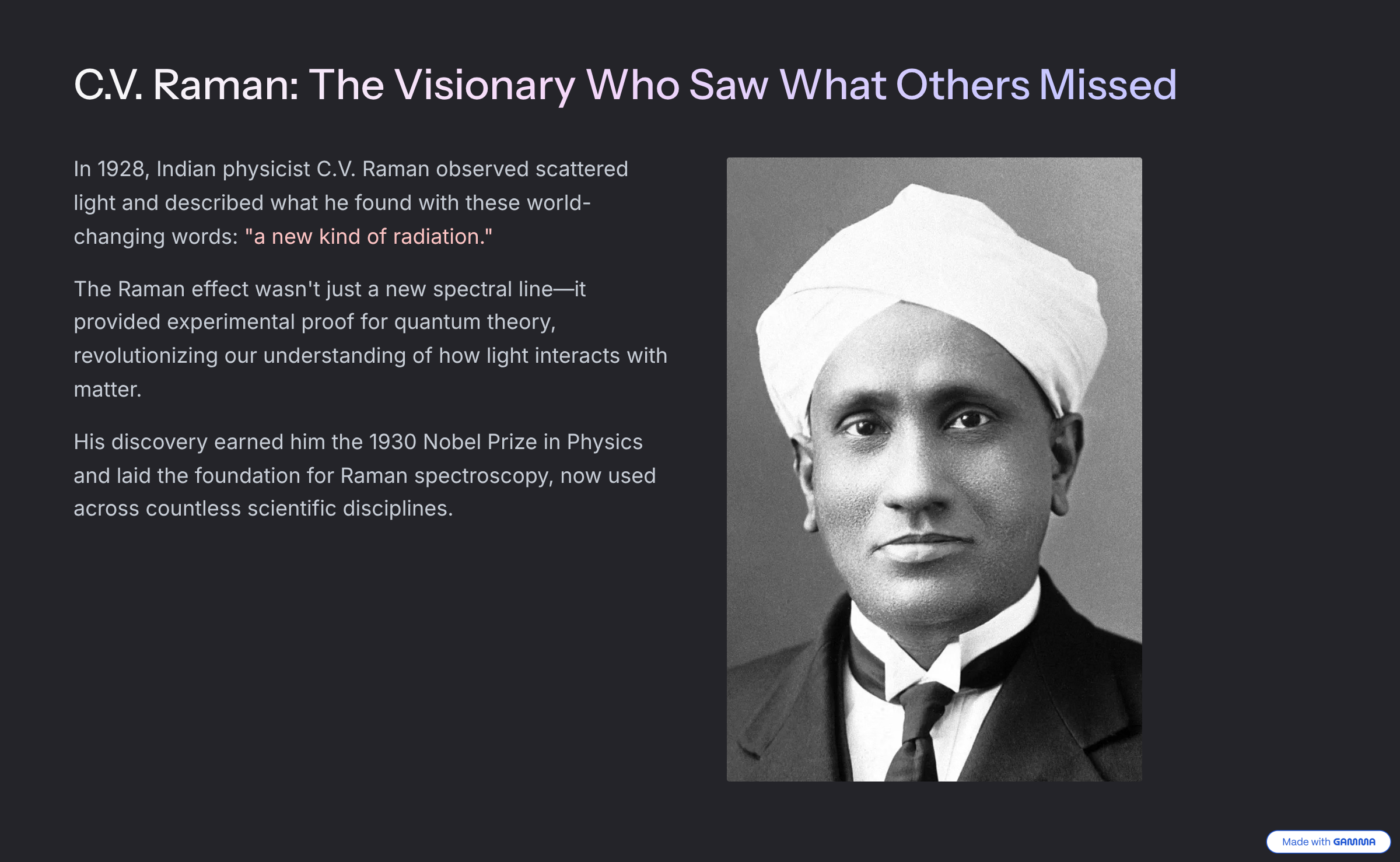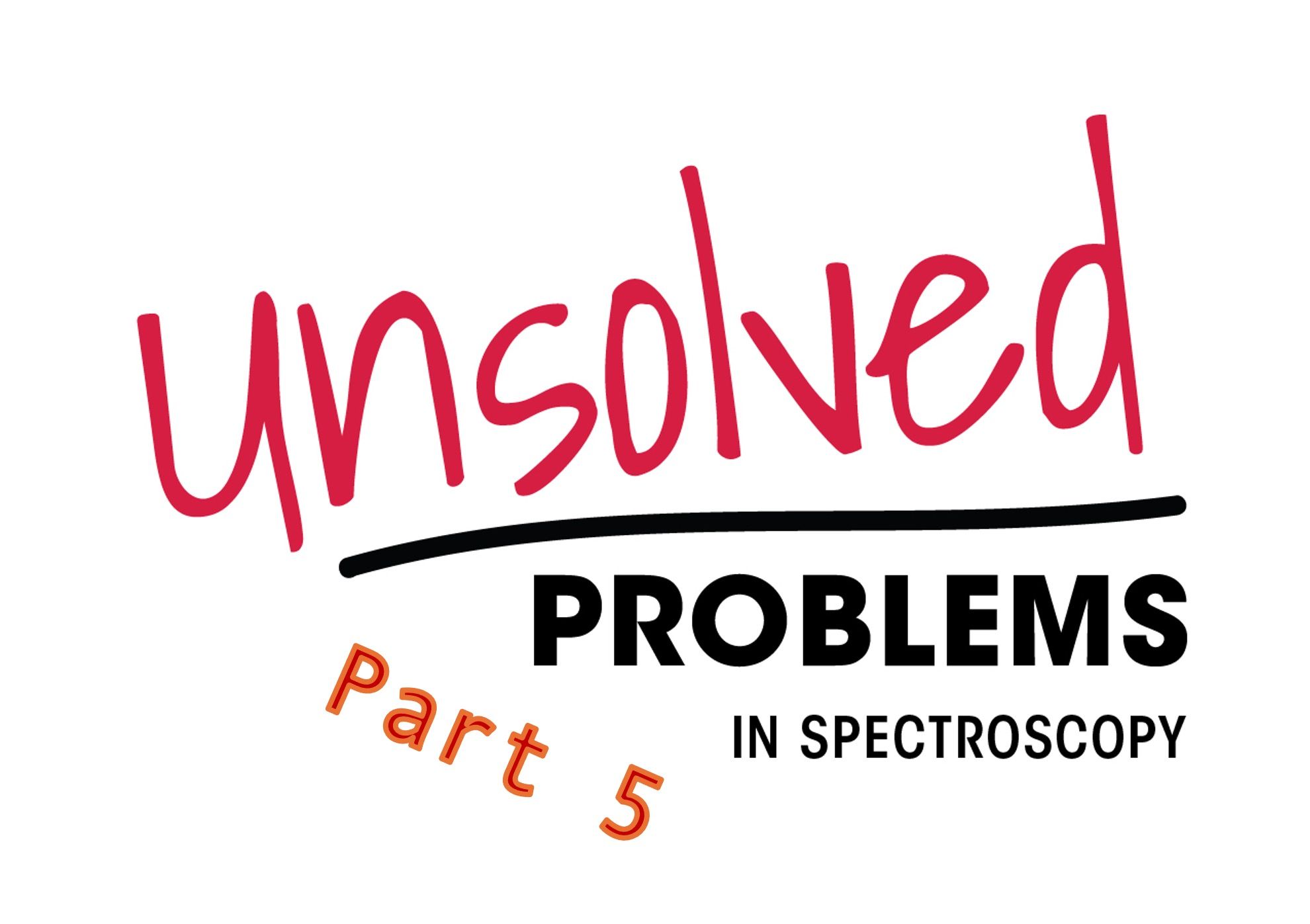
Raman Spectroscopy
Latest News

Latest Videos

More News

Researchers from Brazil have developed an improved method combining infrared and Raman spectroscopic techniques to better identify and characterize microplastics. This integrated approach enhances accuracy in distinguishing various polymer types and provides refined spectral analysis crucial for environmental studies.
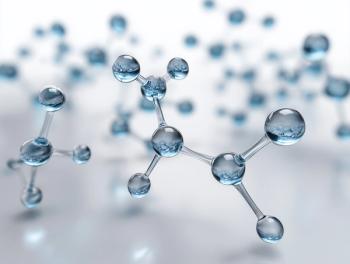
Raman spectroscopy, combined with computational modeling and machine learning, shows strong potential for distinguishing PFAS compounds, offering a promising new framework for environmental monitoring and contamination analysis.

A new study investigates how colorants embedded in microplastics (MPs) interfere with Raman spectroscopy, one of the key tools used to identify microplastic particles. The research details how fluorescence from these additives complicates spectral analysis, underscoring challenges in environmental microplastic detection.

Researchers have developed a novel approach to quantify microplastics in water environments by combining Raman spectroscopy with convolutional neural networks (CNN). This integrated method enhances the accuracy and speed of microplastic identification, offering a promising tool for environmental monitoring.
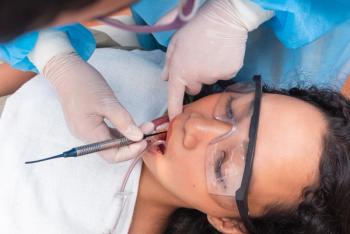
A recent study found that coffee, red wine, and Coca-Cola significantly reduce the hardness and alter the chemical structure of dental resin composites.

This tutorial investigates the persistent issue of sample heterogeneity—chemical and physical—during spectroscopic analysis. Focus will be placed on understanding how spatial variation, surface texture, and particle interactions influence spectral features. Imaging spectroscopy, localized sampling strategies, and adaptive averaging algorithms will be reviewed as tools to manage this problem, as one of the remaining unsolved problems in spectroscopy.

This tutorial guides spectroscopy practitioners through the integration of Raman spectroscopy and machine learning (ML) techniques for detecting microplastics (MPs) in aquatic and environmental samples.

This Icons of Spectroscopy Series article features E. Bright Wilson, a pioneer of chemical physics. Wilson’s contributions to infrared, Raman, and microwave spectroscopy provided the theoretical and practical foundation for analyzing molecular structure and dynamics. As a revered professor at Harvard and coauthor of landmark texts, he mentored nearly 150 students and researchers, leaving a lasting legacy of scientific excellence and integrity.

In this column, we will describe what is known about the structures of these materials and how Raman spectroscopy can characterize them.

Chinese Academy of Sciences researchers combine spectroscopic methods with deep learning to classify microplastics at near-perfect accuracy.

The findings suggest that bottling processes and PET containers are major contributors to beverage contamination, raising concerns about food safety and environmental pollution.

Inter-instrument variability is a major obstacle in multivariate spectroscopic analysis, affecting the reliability and portability of calibration models. This tutorial addresses the theoretical and practical challenges of model transfer across instruments. It covers spectral variability sources—such as wavelength shifts, resolution differences, and line shape variations—and presents key standardization techniques including direct standardization (DS), piecewise direct standardization (PDS), and external parameter orthogonalization (EPO). We discuss the underlying mathematics of these approaches using matrix notation and highlight limitations that must be considered for reliable universal calibration.


A new study reveals that as Hawaiian volcanoes evolve, their magma storage shifts from shallow crustal reservoirs to deeper mantle zones, offering critical insights into volcanic behavior and future hazard potential.

Researchers at the Czech Academy of Sciences have demonstrated that cost-effective silver and gold nanoparticles, used with surface-enhanced Raman spectroscopy (SERS), can sensitively detect stress-induced adenine release in bacteria, paving the way for rapid, point-of-care diagnostic tools.

Using a custom-built 785 nm Raman instrument, a recent study identified 14 pesticides and employed multivariate and machine learning techniques—particularly Random Forests (RF)—to automate classification. Readers will learn practical steps in spectral acquisition, spectral comparison across wavelengths, data preprocessing, and implementing machine learning models for real-world chemical monitoring (1).

This Icons of Spectroscopy Series article features Charles Kenneth Mann, a pioneer of quantitative Raman spectroscopy.

Top articles published this week include an interview with Shreya Singh, a tutorial about using Raman spectroscopy to probe water content and structures in biological tissues, and an article about detecting honey adulteration using near-infrared (NIR) spectroscopy.

Researchers at Jiangnan University have developed a highly accurate method combining Raman spectroscopy with deep learning to monitor acid value in palm oil.

Researchers from Université de Montréal have demonstrated that a new handheld Raman spectroscopy device, the UltraProbe, can accurately and rapidly detect retroperitoneal soft tissue sarcomas during surgery, offering real-time tissue analysis that could improve surgical outcomes.

This is a brief tutorial review on the use of the Raman OH stretching bands of water for biomedical applications.

A new study used advanced techniques, including µ-Raman spectroscopy and machine learning, to map and predict microplastic pollution on São Paulo’s urban beaches.

A recent study demonstrated that portable Raman spectroscopy, combined with advanced statistical modeling, offers a reliable, non-destructive method for monitoring nitrate levels in greenhouse-grown spinach.

A new study has confirmed the presence of multiple microplastic types in human amniotic fluid using a dual-method approach, raising concerns about potential long-term impacts on fetal development.

A recent study presented a simple correction method that significantly improved the accuracy of Transmission Raman Spectroscopy by mitigating spectral distortions caused by tablet thickness, porosity, and compaction force.

